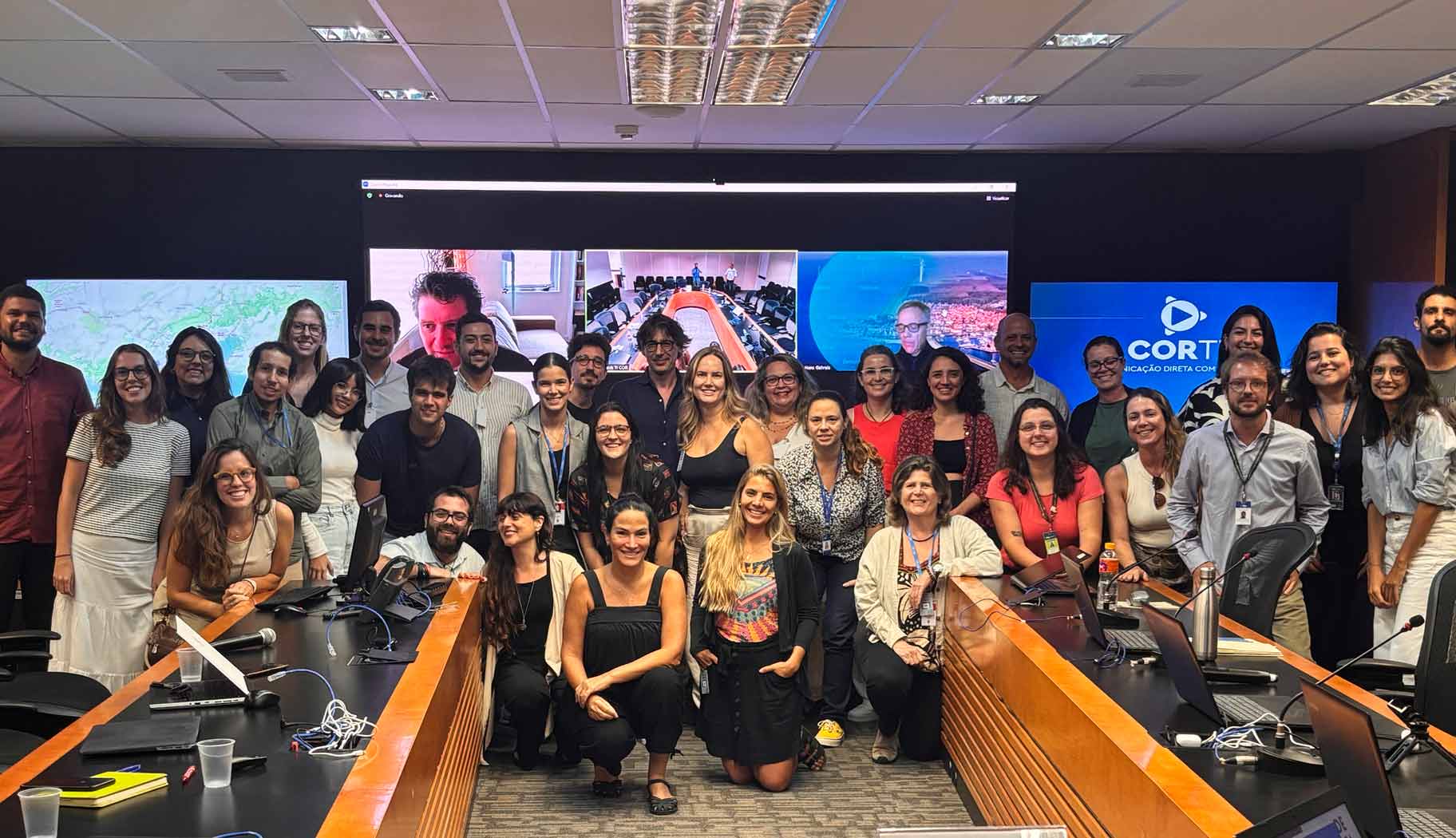UCCRN_edu Blended Master Degree Courses aim at mainstreaming Climate-Resilient Urban Planning, Design and Governance knowledge transversally in international curricula at different levels.
Three courses – level 6 to 8 – are established in Napoli, Aalborg and Barcelona, and open to all Higher Education Institutions (HEIs) Partners. The priority is to encourage the blended mobility of learners, allowing a number of students to join one or more of the courses along the educational path, getting the recognition of credits related to the type of activities carried out during the physical mobility period.
The physical mobility period and the corresponding credits can be complemented with the virtual mobility facilitated by accessing the online resources available through UCCRN_edu collaborative e-learning platform. The credit recognition scheme will follow the European Credit Transfer and Accumulation System (ECTS).
The mobility program for students is designed so that 2 students from each HEI partner will have access to 5 days of physical mobility. The students will participate in one week of activities at the host institution. This will correspond to participation in seminars and classroom activities and producing a deliverable at the end of the mobility period. The deliverable is used to grant the recognition of corresponding credits by the sending institution. Physical mobility of teachers will be also fostered, also involving experts from Associated Partners for invited seminars.
Napoli
UCCRN_edu Course in Napoli will be mainly dedicated to deepen technical skills needed to develop climate-resilient urban plans and projects, in a multi-scale perspective (i.e. city, district, building/open spaces, building components). Climate-resilient principles and methods will be confronted with specific needs of urban decision-makers while programming and/or implementing urban transformation, identifying strengths and weaknesses in current practices, and identifying opportunities to integrate innovative solutions. Computational design approaches and tools will be used, including GIS and parametric design tools, deepening methods to use available open data to perform microclimate simulations, understanding limitations in the results, and ways to translate modelling and simulation results into actionable and user-friendly guidelines for decision-makers, planners and designers.
Aalborg
UCCRN_edu Course in Aalborg will focus on deepening participants’ climate science knowledge, skills and competences, and is dedicated to the physical science behind climate change, to climate modelling and to understanding and working with emission pathways (RCPs). The course is divided in 3 main blocks and includes online and onsite lectures and workshops. Block 1 utilizes UCCRN_edu MOOCs, complemented with appropriate SDG Academy modules. The aim is to give students a background of physical aspects of CC and introduce the role of cities in sustainable development, including hazards, vulnerabilities and risks in this respect. This should give them suitable knowledge to understand the global climate modelling in the second block. The final block is an assignment in which participants are to develop a “physical science basis” -style report assessing the impacts of CC for selected case areas.
Barcelona
UCCRN_edu Course at UIC Barcelona will be focused on the frameworks for managing urban resilience integrating community and urban sustainability within Climate Resilience policies and planning. A set of courses, case studies analysis and experts’ viewpoints will introduce students on the synergies and trade-offs between urban resilience and sustainability, thus critically understanding the complexity of climate resilience mainstreaming at different scales. Classes on policy coherence and strategic thinking will support “classic” climate planning, and different implementation of mainstreaming climate resilience will be explored. Students will be exposed to built environment, urban services, green infrastructures and community resilience(s) frameworks and actions, to work on how to better integrate these perspectives, taking into account the context specific socio-economic and environmental features.

